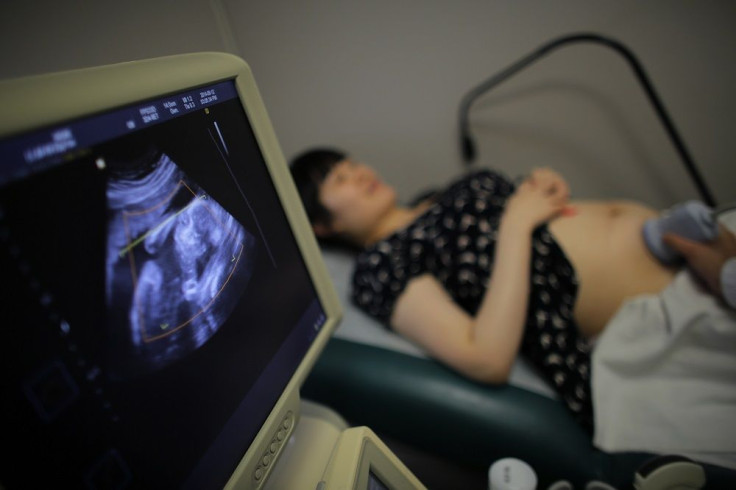A Sleep Mask And A Side Effect-Free Drug: Possible Breathrough In Labor Process

Experts have discovered two new breakthrough interventions that may promote correct timing of labor. These inventions are said to prevent preterm labor using a light technology and induce labor to prevent postterm delivery through a side effect-free medication.
The inventions, which was developed in Florida State University has grabbed attention as College of Medicine Associate Professor James Olcese signed a license agreement with KynderMed for these technologies to hit the market. The said research centered on the brain hormone called melatonin.
"I've been working with melatonin for a long time now, and I continue to be fascinated by the problems it can solve in the labor process," Olcese said. "Licensing these two aspects of my research is particularly exciting because it means these potential labor solutions are that much closer to helping women and their babies arrive into the world safely and at the right time."
Olcese first noticed in 2009 that women most commonly go into labor during the night time when melatonin is at its highest. Additionally, collaborative research with the Tallahassee Memorial Hospital , or TMH, showed that exposing the volunteer pregnant women to a source of bright light for one hour decreases the level of melatonin at night, and thus are the contractions.
The first discovery, which is the light technology that halts contractions and prevent preterm labor, involve light goggles that emit blue light briefly into the eyes of the sleeping pregnant patient. Although the device is still a prototype, Olcese said the results have been promising. He said that with the collaboration of his team with TMH and other medical research institutions, they will try and develop the discovery into a sleep mask, which will be more comfortable for patients.
The second discovery involved the combination of melatonin and low-dose oxytocin. Oxytocin is currently a popular drug administered to induce labor. The combination of these substances is said to produce viable contractions that can induce labor, without the side effects of decreased blood pressure, increased heart rate and hemorrhage.
"Preterm births create a human tragedy of horrific proportions, said Don Rosenkoetter, president of KynderMed. "More than one million infants die each year as result of preterm delivery. Additionally, preterm births also result in blindness, cerebral palsy, retardation and a host of other problems.” With this, Rosenkoetter believe that Olcese’s new discoveries will be able to provide the first solution to this aspect of medicine in decades, and said that they are excited to work with Olcese, the Florida State University Research Foundation and the College of Medicine.
To contact the writer, email rinadoctor00@gmail.com





















